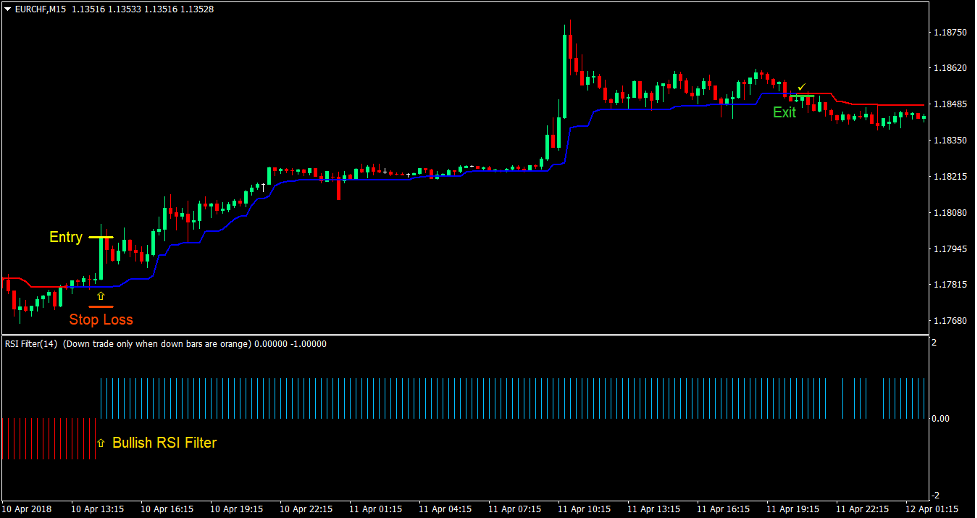
Yield Farming is an excellent way to reap the benefits of DeFi's boom. While some protocols offer lower returns, others have higher returns and greater risks. You can find protocols for almost every purpose, including tax calculations, impermanent losses, and yield tracking. A yield tracking tool such as this is recommended if you plan to invest in DeFi. Before you start investing in your first crops, it is a good idea to read up on DeFi tools.
Profitability
Crop-loving investors might be curious as to whether yield farming is financially viable. It's a form of lending that generates returns by leveraging existing liquidity pools. Yield farming profitability is affected by many factors. There are however a few points to remember. In this article we will look at some key factors that can impact yield farming profitability.
Many people speak of yield farming in terms of annual percentage yields. This figure is often compared with bank rate interest rates. APY is a standard measure for profit and can be used to generate triple-digit returns. Triple-digit returns can be risky and not sustainable over time. Yield farming, therefore, is not recommended for those who aren't prepared to take risks. Before investing in the crypto world, it is important that you understand the risks involved and the potential rewards.
Risks
The first risk that yield farming presents is smart contract hacking. While it is unlikely that a hack will affect the entire DeFi network, glitches in the smart contracts could result in losses. In 2021, MonoX Finance was a victim of smart contract hacking, stealing US$31 million from the DeFi startup. Smart contract creators must invest in better auditing, and technological investment to mitigate this risk. Fraud is another potential risk of yield farming. Scammers could seize the funds and take control of the platform in the near future.

The use of leverage is another danger in yield farming. While leverage allows users to increase their exposure to liquidity mining opportunities, it increases the risk of liquidation. This is a risk that users must be aware of as they may be required to liquidate assets if the collateral's value decreases. Collateral topping up can be costly when markets volatility and network congestion increases. Before adopting yield farming, users need to carefully evaluate the potential risks.
APY
You have probably heard of APY, or annual percentage yield. While this term can seem simple enough, it can be very confusing for those who don't know the difference between it and a compounding interest rate. This calculation involves calculating the interest/yield over a specified period and then reinvesting it into the original investment. An APY-yield farm would double your initial investments in the first year, then double them again in the second.
The term annual percentage yield (or APY) is commonly used to describe the terms of an investment. It is used to estimate how much money a person will earn from a particular investment over the course of time or to put money in savings accounts. The APY yield represents a higher percentage than the APR. This is because compounding takes into account trading fees. Investors who wish to increase their income but not take too much risk can use this calculation.
Impermanent loss
If you are a farmer or investor who is pursuing a profit with crypto currency, you are well aware of the risk of impermanent loss. Impermanent loss is a sad reality for yield farming. You can reduce it with stablecoins. By using these coins, you can earn up to 10% on your money, while minimizing your risk.

First, you should know that yield farming isn't for the faint-hearted. This type of investment comes with many risks, so it is important to understand how you can lose. BTC (ETH), BNB (BNB) are the "blue chips" of the industry. The downsides are also known as "burning" cryptocurrencies. But, if you're able stay invested and keep these coins for a longer time, you should achieve your profit goals.
FAQ
What is a decentralized exchange?
A DEX (decentralized exchange) is a platform operating independently of a single company. DEXs don't operate from a central entity. They work on a peer to peer network. This allows anyone to join the network and participate in the trading process.
Why is Blockchain Technology Important?
Blockchain technology could revolutionize everything, from banking and healthcare to banking. Blockchain technology is basically a public ledger that records transactions across multiple computer systems. It was invented in 2008 by Satoshi Nakamoto, who published his white paper describing the concept. Blockchain has enjoyed a lot of popularity from developers and entrepreneurs since it allows data to be securely recorded.
Can I trade Bitcoins on margins?
Yes, Bitcoin can also be traded on margin. Margin trading allows for you to borrow more money from your existing holdings. If you borrow more money you will pay interest on top.
Where can my bitcoin be spent?
Bitcoin is still relatively new. Many businesses have yet to accept it. Some merchants accept bitcoin, however. Here are some popular places where you can spend your bitcoins:
Amazon.com - You can now buy items on Amazon.com with bitcoin.
Ebay.com – Ebay is now accepting bitcoin.
Overstock.com: Overstock sells furniture and clothing as well as jewelry. You can also shop the site with bitcoin.
Newegg.com – Newegg sells electronics. You can order a pizza even with bitcoin!
How can I get started in investing in Crypto Currencies
First, you need to choose which one of these exchanges you want to invest. Then you need to find a reliable exchange site like Coinbase.com. After you have registered on their site, you will be able purchase your preferred currency.
Statistics
- This is on top of any fees that your crypto exchange or brokerage may charge; these can run up to 5% themselves, meaning you might lose 10% of your crypto purchase to fees. (forbes.com)
- That's growth of more than 4,500%. (forbes.com)
- “It could be 1% to 5%, it could be 10%,” he says. (forbes.com)
- Something that drops by 50% is not suitable for anything but speculation.” (forbes.com)
- Ethereum estimates its energy usage will decrease by 99.95% once it closes “the final chapter of proof of work on Ethereum.” (forbes.com)
External Links
How To
How do you mine cryptocurrency?
Although the first blockchains were intended to record Bitcoin transactions, today many other cryptocurrencies are available, including Ethereum, Ripple and Dogecoin. To secure these blockchains, and to add new coins into circulation, mining is necessary.
Mining is done through a process known as Proof-of-Work. The method involves miners competing against each other to solve cryptographic problems. The coins that are minted after the solutions are found are awarded to those miners who have solved them.
This guide will explain how to mine cryptocurrency in different forms, including bitcoin, Ethereum (litecoin), dogecoin and dogecoin as well as ripple, ripple, zcash, ripple and zcash.